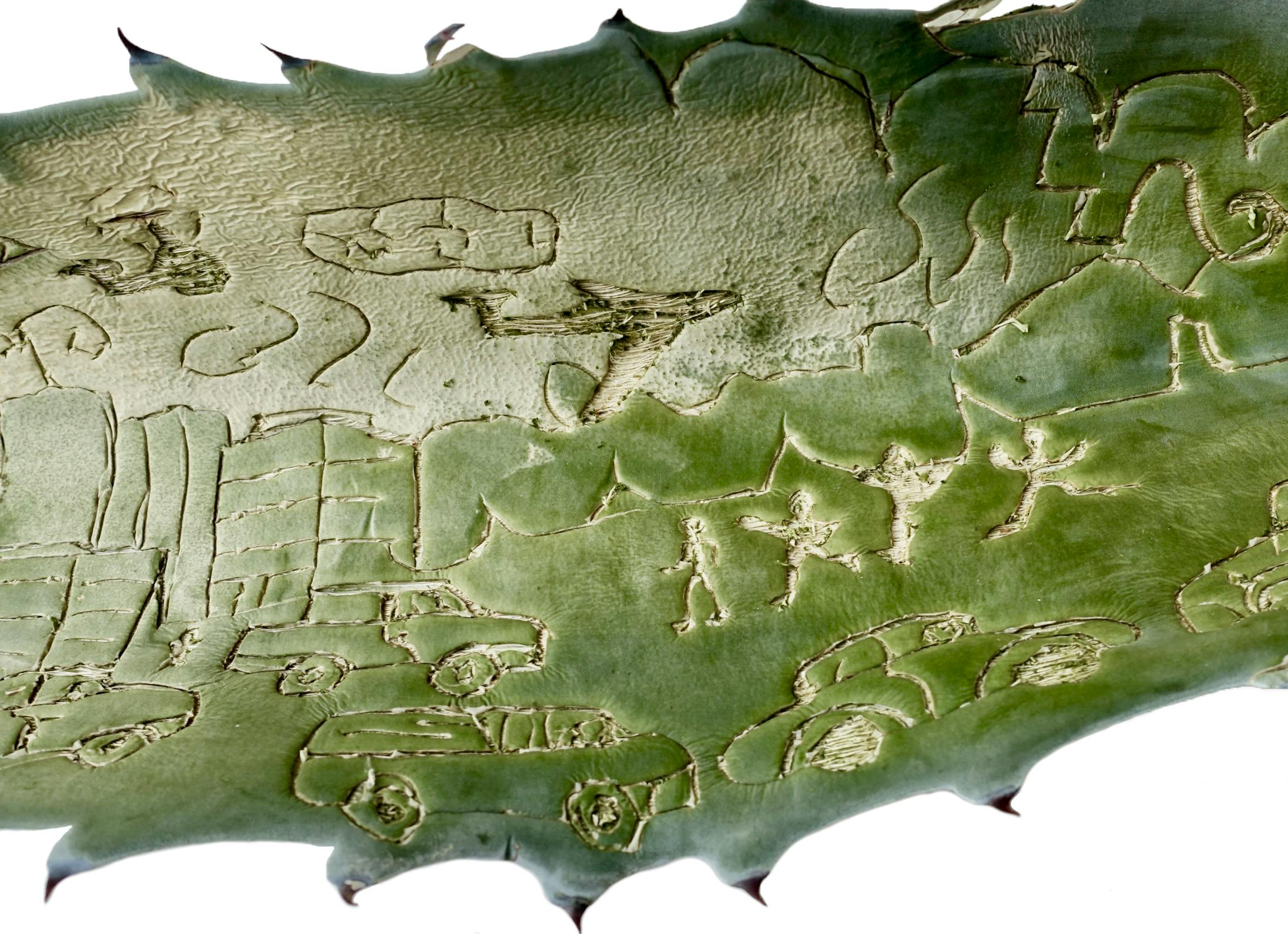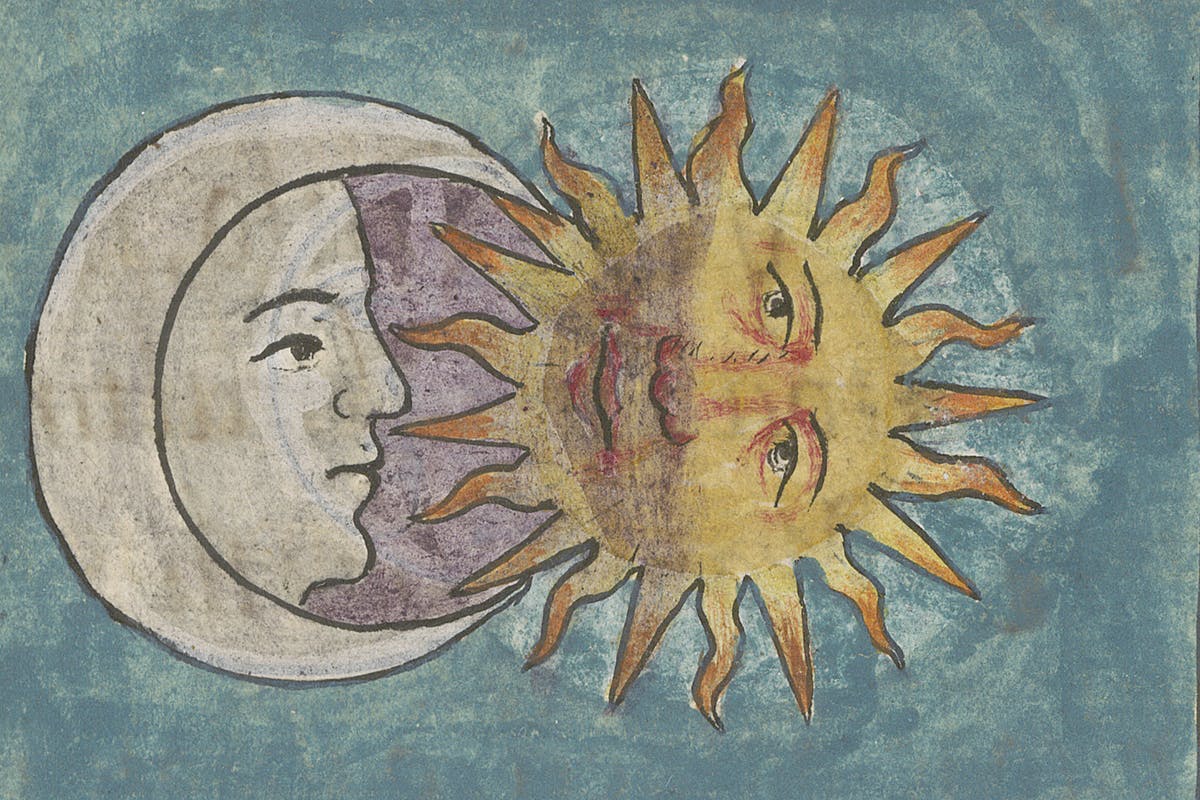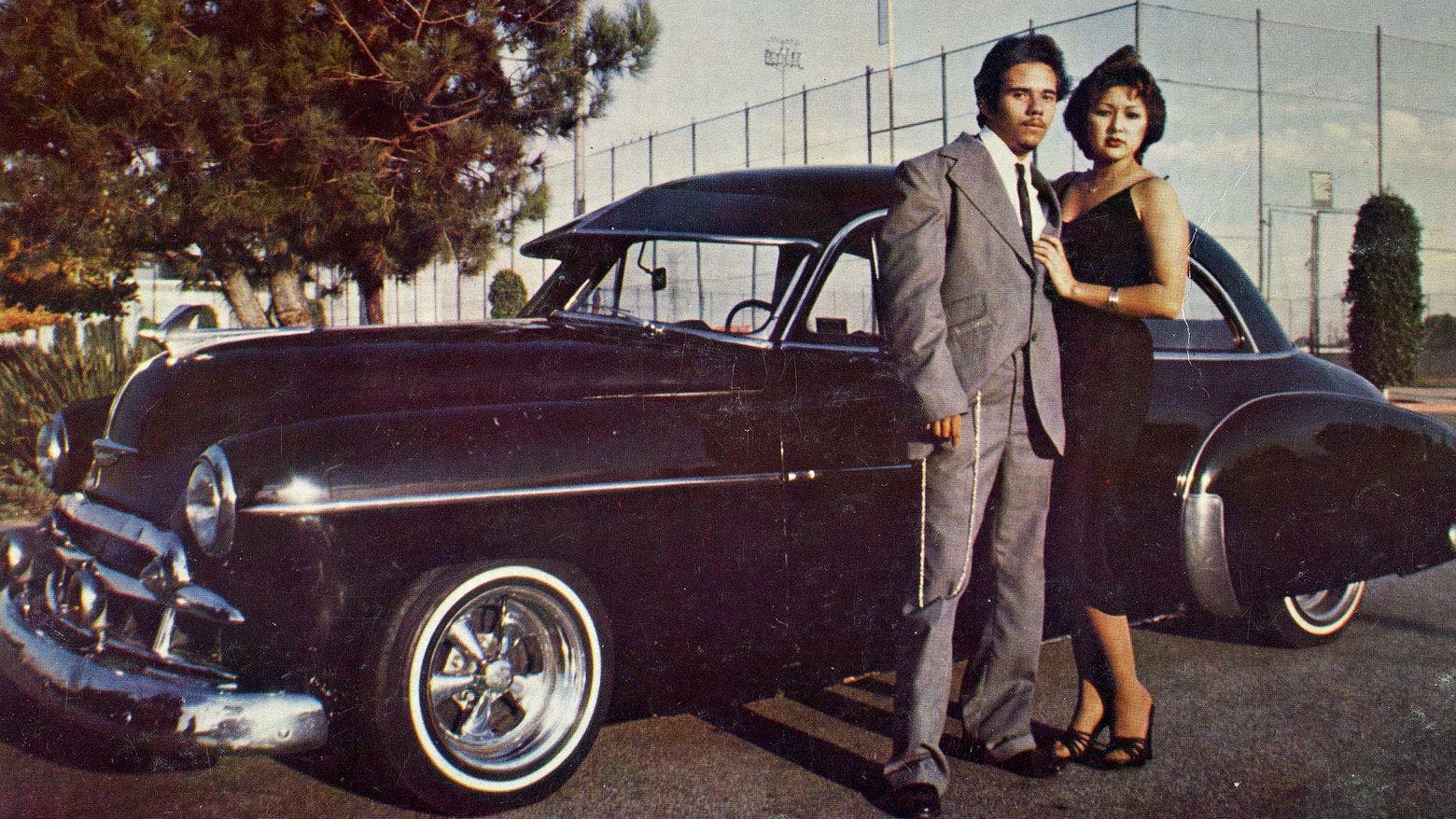Descifrando Terrenos (2021 New Wight Theme Exhibition)
Descifrando Terrenos features the work of thirteen Latinx artists from MFA programs across Southern California.
Thursday, September 23 - Thursday, October 7
Free

Artists: Alberto Lule, Carolina Montejo, Isidro Pérez García, Jaya Darriet, María Antonia Eguiarte, Ana Andrade, Luciano Pimienta, Lorena Ochoa, Arlene Mejorado, Claudia Solórzano, Deanna Barahona, Danie Cansino, Daniel Mendoza
Curators: Jackie Amézquita, Luz Carabaño, Valeria Tizol Vivas
Descifrando Terrenos features the work of thirteen Latinx artists from MFA programs across Southern California. The artists in this exhibition are interconnected through social constructions of space, which are revisited, reclaimed, expanded, and reimagined through artistic gestures that surface underlying historical, political, economic, and social fabrics. Their works are a collection of cultures, ideologies, visions, and strategies, and together they speak of their unique approaches towards exploring distinct terrains.
Central to Descifrando Terrenos is each artist’s relationship to their surroundings, places they have crossed, points of origin, and imagined terrains. Claudia Solórzano uses ceramics to recreate fragments of fences found in the contemporary Tongva landscape of Los Angeles where she lives, reminding us of the delineation of space and culture that marks our familial and domestic terrains. Arlene Mejorado reframes her family’s archive in the present to recontextualize memory and place. Also addressing generational histories is Lorena Ochoa, who manipulates and refrabicates materials and images, seeking to expose and rebel against the oppression of Chicana women. Danie Cansino highlights stories from her community through personal and communal narratives of migration and life in east LA, captured through her maps and ball point pen drawings. Bringing forth the complexities of assimilating as a first generation immigrant, Deanna Barahona speaks of the experience of growing up between cultures. Each of these artists unearth and reexamine narratives that record their experience and their community's experience on American land.
Time plays an important role in several artists' investigations of place and being. Isidro Pérez García’s time machine uses ancestral and found materials to create a hub that displaces the participant in time, while the carvings on the magueys that make up the time machine ground the viewer in contemporary issues with engravings such as “Land back, BLM, vivos los queremos, FTP, chinga la migra, and otro mundo es posible” among others. Carolina Montejo’s installation looks into the future through a feminist eco-pluralistic lens, grounded in ancestral knowledge. Montejo’s cosmic collection of hanging kokedama plants and accompanying film create a fertile atmosphere for inquiry and speculation on interconnectivity and possible futures. Luciano Pimienta looks closely at natural processes and time’s role in the accumulation and disintegration of material forms that hold personal meaning. Alberto Lule looks not at the marking of time or its expansive possibilities, but at the incarcerated person’s seized and suspended time. Lule records the movements of his body as choreographed and coerced by authority, a moment when autonomy is taken and persona/ experiential presence.
Ideas on conception, belonging, emancipation, solitude, pleasure, and pain are prominent in Descifrando Terrenos, as artists seek self-discovery, freedom, and affirmation through reflection and powerful gestures. Maria Antonia Eguiarte's Ombligenesis series captures self-conducted acts of rebirth and emancipation, as Eguiarte pierces thread through her ombligo and ties it around her body in one film and emerges from a womb suit in another. Daniel Mendoza also looks to the body to reimagine ways of thinking about queer pleasure as he merges childhood and erotic imagery under a moonlight blue prevalent in his fabric work. Ana Andrade circles back to the body and its site of conception as a crater, connecting the microscopic to the Earth and the cosmos. Jaya Darriet makes poetic insights through her writings and photographs, contemplating solitude and our relationship to natural forms. Each artist presents individual reflections on themselves and contextualizes their place here and now and as they envision it.
The terrains explored in this exhibition encompass not only physical spaces, but also the body and mind as terrains. Within ourselves we hold multi-generational histories and universal properties that flourish and expand upon searching. Descifrando Terrenos offers windows into examining who we are in relation to the spaces we occupy. It looks at time as a malleable force, our presence as singular agents and inextricably linked parts of a collective, and our gestures as powerful tools that reshape ourselves, others, and the terrains we inhabit.

